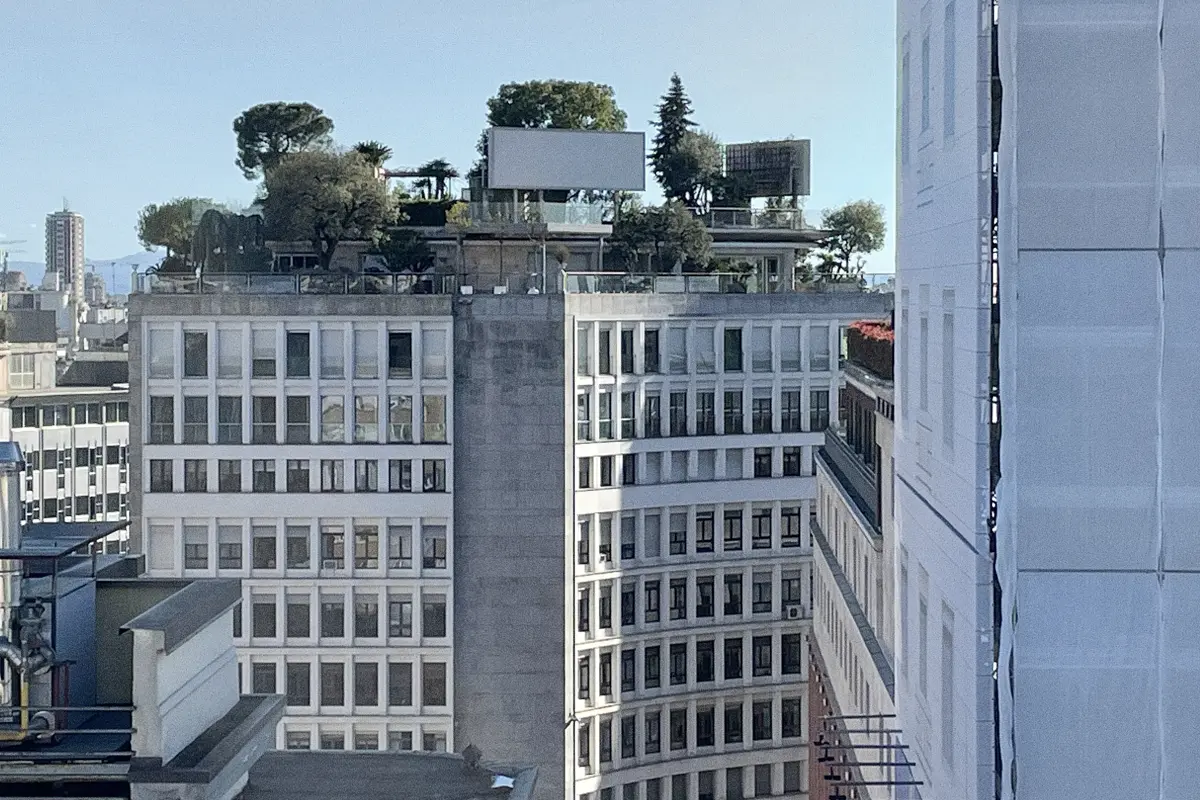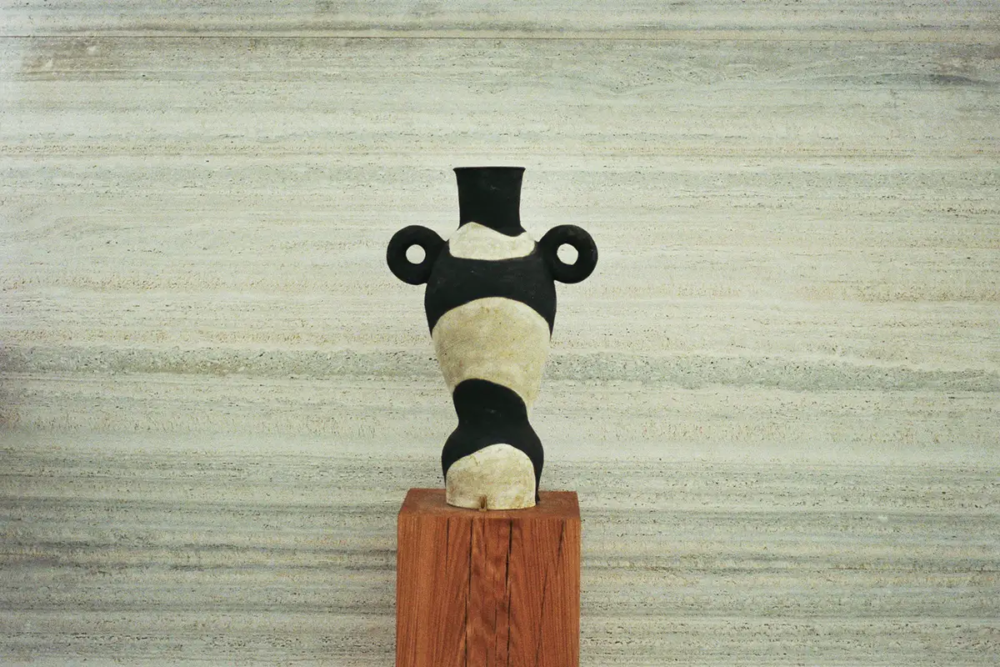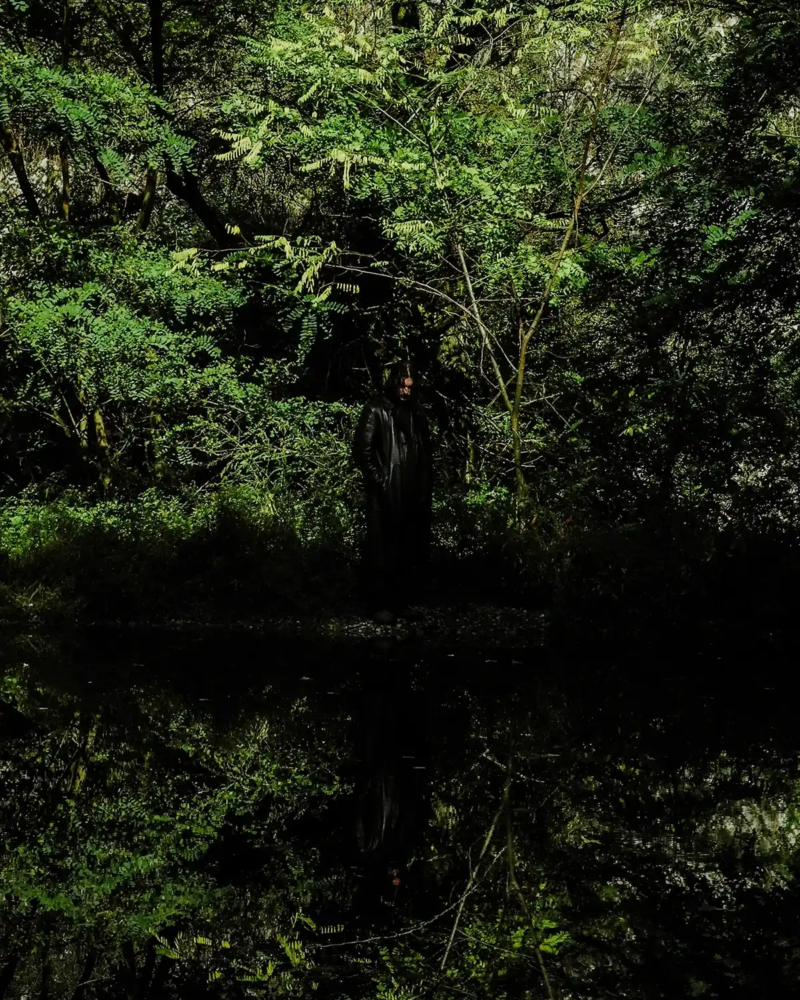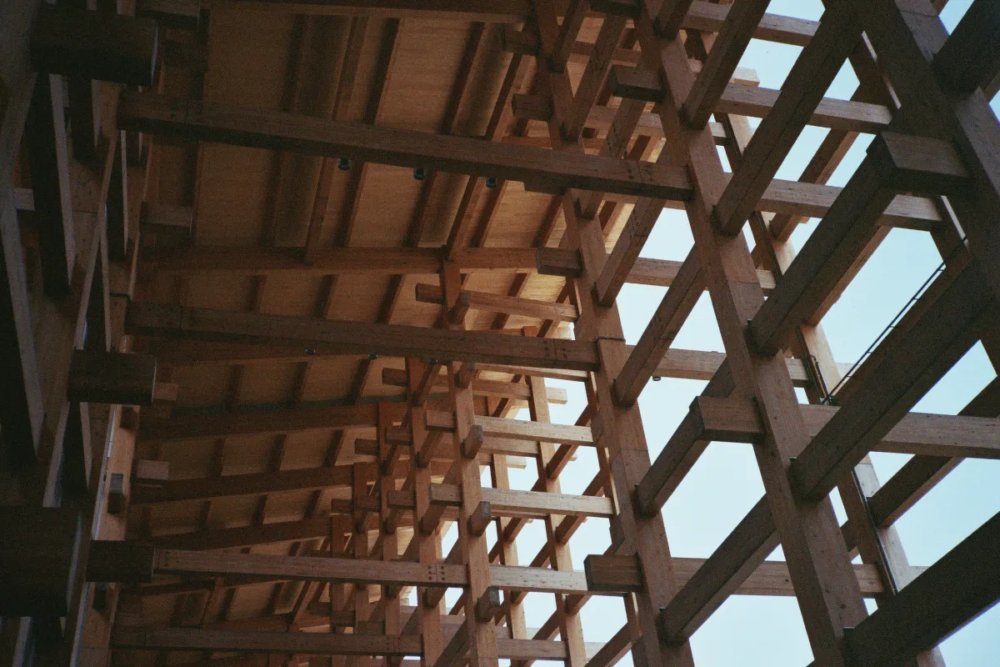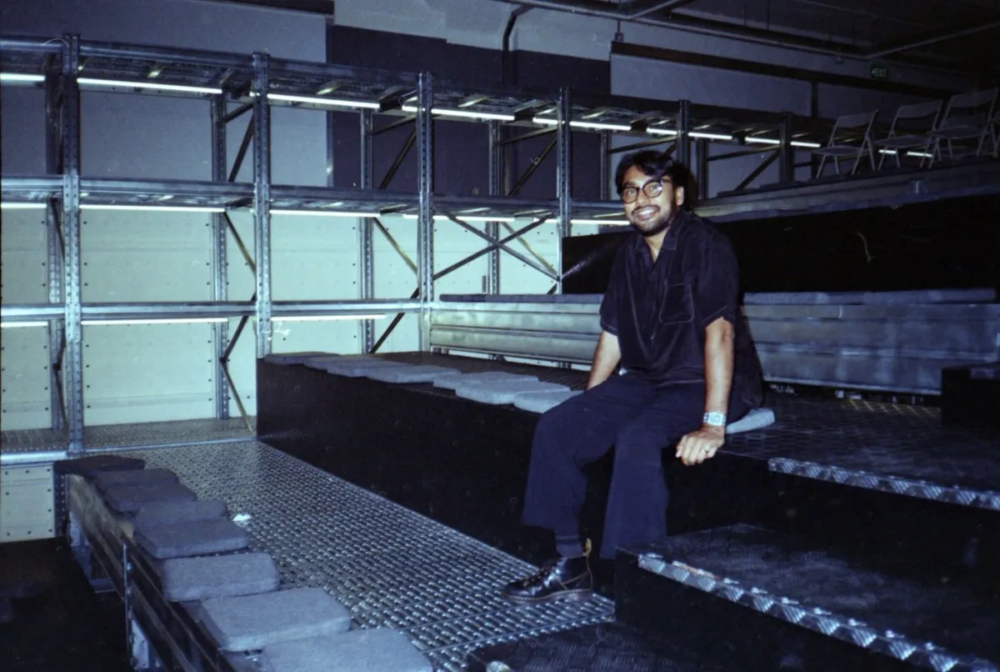
Milan, the city will be a Garden – is it a promise or just a utopia?
No longer just a utopia – Milan City- Garden is a political promise: we say we should take care of our own garden – but what if the entire city were our garden?
Milan City-Garden – Manifesto for a new Society, the utopia that must come real
Milan City-Garden is the title of a Manifesto to convince all of us who live in Milan or in the province of Milan that this city is a capital of pride. Belonging to Milan is a sign of distinction, of value – of love for the work that identifies us.
Milan City-Garden is a shared dream. A dream that should not be reduced to a marketing asset; a dream that can become our flag. This city, Milan – streets, corners, squares – trees will be everywhere. The sidewalks will be powered by pittosporums. Shop windows will be marked by pots of camellias; the facades, new and modern, will have ivy leaves on the windowsills. Jasmine columns on the doorposts.
Milan City-Garden, it’s a matter of pride
Milan City-Garden is a civic issue, before becoming a political one. If Milan were recognized as a city so green as to resemble a garden by those who live here and by those who come to visit from around the world – we would all perceive a push towards aggregation. A sense of community. Strength arises from collective pride. Perhaps we would understand at least a little of that civic feeling that is perceived when one is part of a urban society, of a city – that sense of belonging that in Italy is scarce due to a too recent national oneness.
Milan and air quality, ARPA data, Attilio Fontana for the Lombardy Region in Brussels: rain, holm oaks, and pittosporums
Milan is the only one among the major European cities not to have a river running through it, not to overlook a lake or the sea. Paris, London, Berlin, Lyon, Madrid. Milan is crossed by three rivers – they are piped.
It was the beginning of February, when the weather application was presenting a dark red spot as a negative index of air quality. The Mayor of Milan responded that the data were not credible because they came from a private agency – until the official regional environmental protection agency confirmed the serious situation.
It was February 2024. The President of the Lombardy Region, Attilio Fontana, was working to ensure that Brussels recognized Milan’s tolerance for the environmental situation. He was citing geopolitical conformation as an excuse and a safe conduct, as if to say: “in North Italy we can’t do anything about pollution, Europe must allow us ten more years to find a solution”.
Planting trees and shrubs will not be enough. We need to awaken that civic sense that belongs to the blood of Lombards. In Milan, we are tireless workers, we are real bourgeois – we do not recognize ourselves in a leader who asks Europe to postpone the inquiries. In Milan, when there is a significant problem such as the air we breathe, we don’t to humiliate ourselves in Europe.
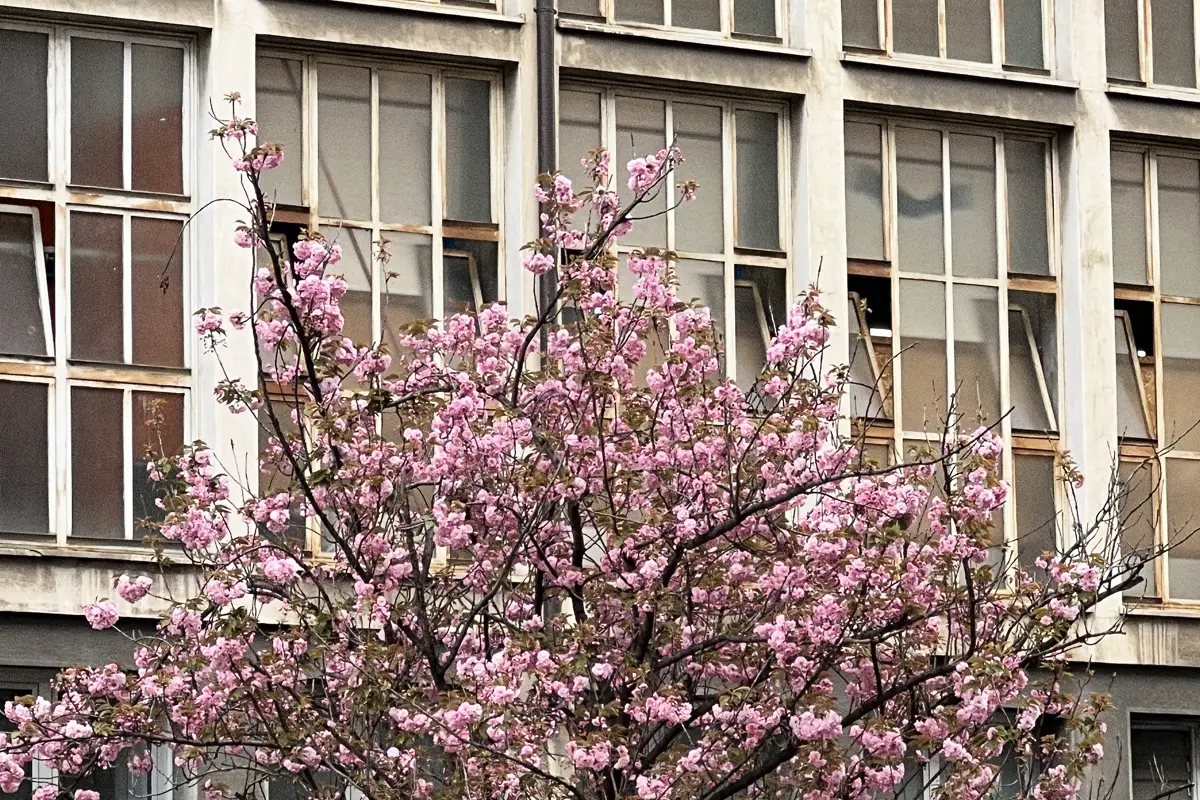
Milan City-Garden: what was private becomes civic
Doing something means reasoning in a civic dimension. It is often said “do not look into other people’s gardens” – the garden is a metaphor for something that is private, where no one else, except the owner, should have an opinion. Talking about Milan City-Garden hits the point: our garden is the city itself, and such a garden cannot longer be a private matter. What was private, today becomes a civic matter.
It’s not trivial even though it may seem so. We come home; we close the door. It’s cold, instead of turning up or turning on the heating, we put on a sweater, two sweaters, extra ones. We give up going away every weekend. We turn off your phone, turn off the television and we read a book. We stop shopping on Amazon, and we don’t even shop at the supermarket – we are lucky, we can afford to shop at the greengrocers. We buy bread from the baker. At the same time, we ask the greengrocer where the fruit he sells comes from – we pay more than what we would pay at the supermarket, we expect the salad comes from the countryside just outside the city where we live. We ask the baker where the flour for his bakery comes from. We ask for a short supply chain. In this utopian urbanism, the short supply chain is the urban structural foundation of every City-Garden.
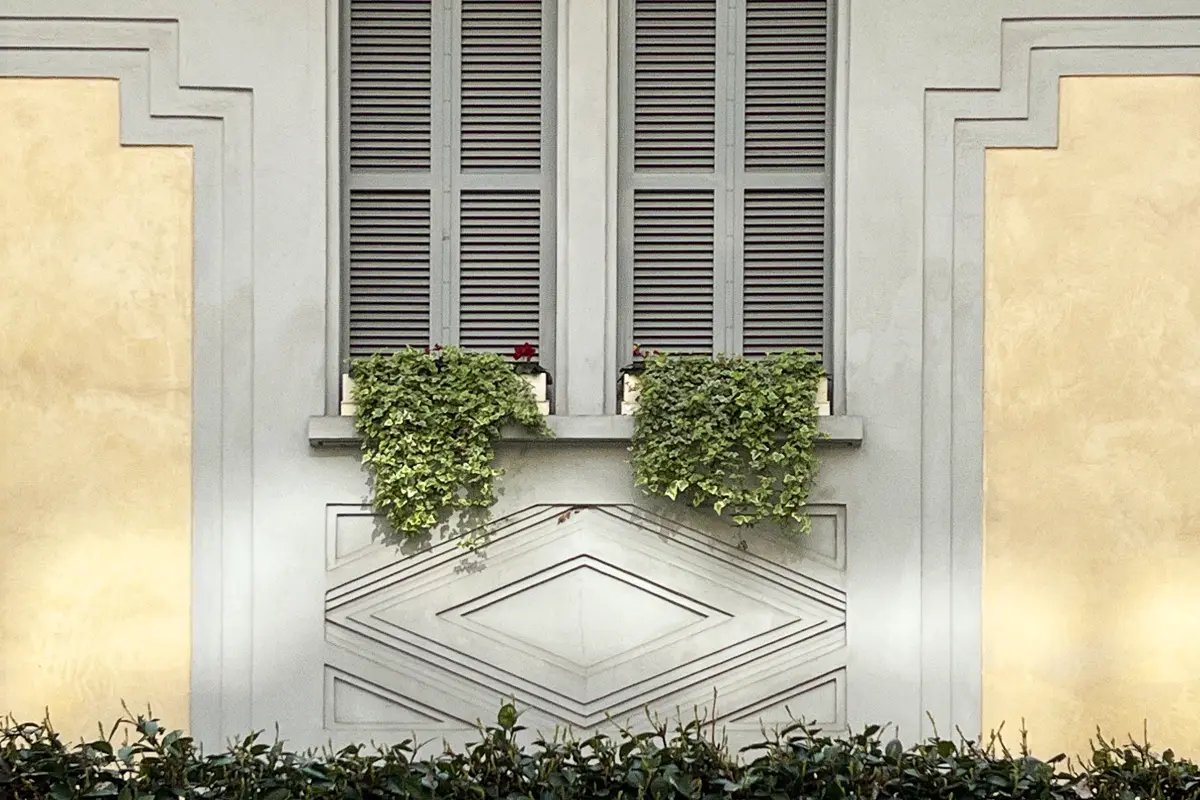
Milan City-Garden means changing our habits
Milan City-Garden means changing our habits more than we think. It means eating less – buying less red meat, buying less Coca-Cola. It means stopping buying what we like the most and buying what can be a positive asset for the entire community.
Milan City-Garden means walking or taking the subway even if we can afford a taxi. It means, despite the scandal of taxi licenses, looking for a taxi instead of calling Uber. Milan City-Garden means stopping dressing in black because no color pollutes more than black when used in textile dyeing. It means not buying everything we want just because we can, but buying what is needed and what is good for a system called Italy. It means giving battle to the major enemy: hatred. Hatred comes from consumerism, ignorance, self-satisfaction.

We all must want the trees: the entrepreneur, the restaurateur, the kid
Milan City-Garden is a civic issue because we all must want the trees. The millionaire who can bear the cost of planting trees on the sidewalk for the benefit of all the activities on the street, right after refurbishing the facade of his town house. The small entrepreneur who can afford a few hundred euros for two oaks in the parking lot where his suppliers arrive for unloading. The restaurant owner who has two street-facing windows and doors, and a row of parked cars in front of them: everyone wants to have lunch outdoors under a canopy – from March to October – and a reservation list would increase.
Furthermore. All citizens must want the trees, really everyone. Waiters and shopkeepers must want them in summer to take care of them, and water the sapling just planted by the Municipality that then delays the water truck for irrigation. Trees must be wanted by the kid who can have a rosemary, a wisteria, and a tulip on the balcony of his flat in March, as if it were a flag as beautiful as that of his soccer team that still wins the championship. The trees of Milan will teach us how to live together.
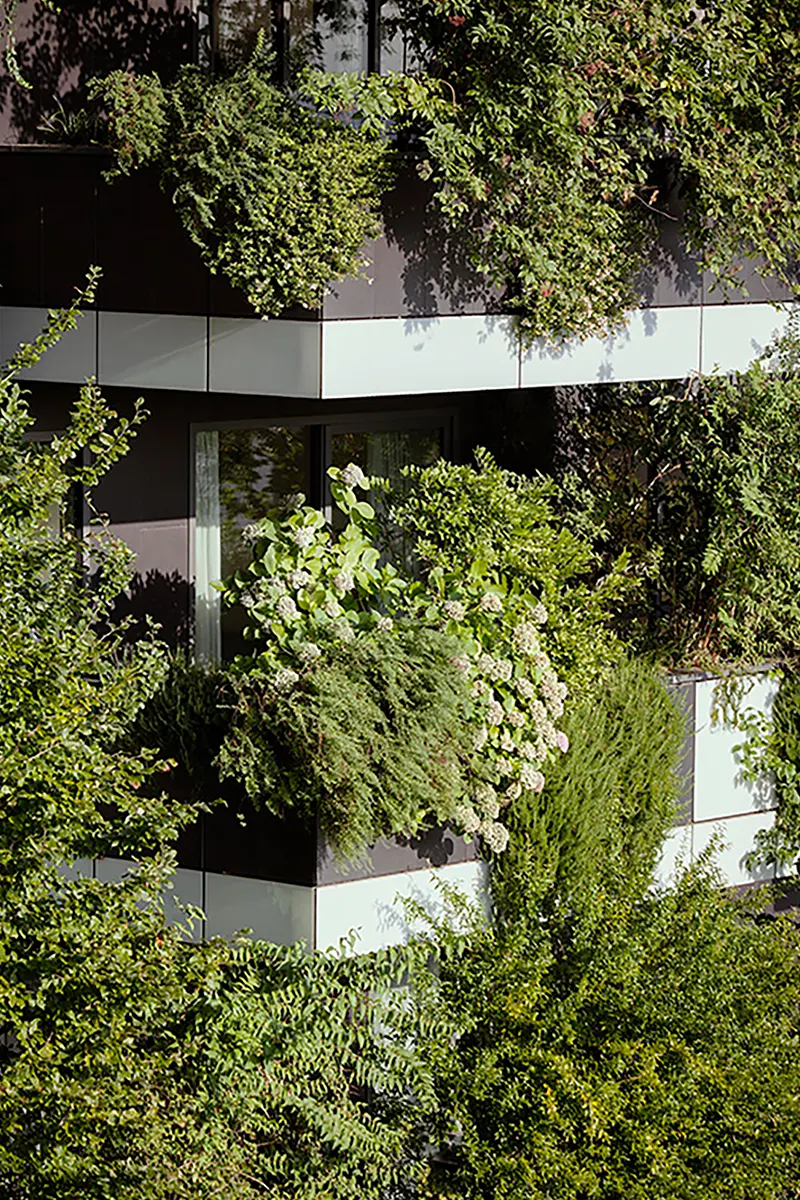
Winter is no more
Last winter was 16 degrees. Those who have never loved the cold now feel nostalgic for that sensation of anesthesia that took over their cheeks and chin above the scarf; for the fingertips that find pleasure in the pockets. Winter is no more – and yet no one lowers the heating: we enter both the post office (public company); we enter a shop in Montenapoleone (private and luxury company) – we find the sensation of excessive heat.
Forests in Italy, mountains and biodiversity
Forests in Italy are an infrastructure: they cover 36.7% of the national territory. Forest cover has doubled in the last 70 years – because those small agricultural lands, family-run, on the slopes of the mountains have been abandoned – in favor of agricultural companies on great extensions. Most of these forests come from the mountains or high hills – namely, the Alps and the Apennines. With a forest area equal to that of Germany and a higher forest density index than that of France, Italy can be considered a forest-rich country. Always thanks to the mountains, because if we analyze the inhabited part in the plain and low hills, these values fall. Italy is the European country with the highest biodiversity index – it is from these points of pride that we must proceed. Lime trees, oaks, alders, elms, maples, taxodium – how many native trees can easily grow around Milan, in this land among the most fertile in Europe, with a water table for roots just meters below the surface?
Carlo Mazzoni
